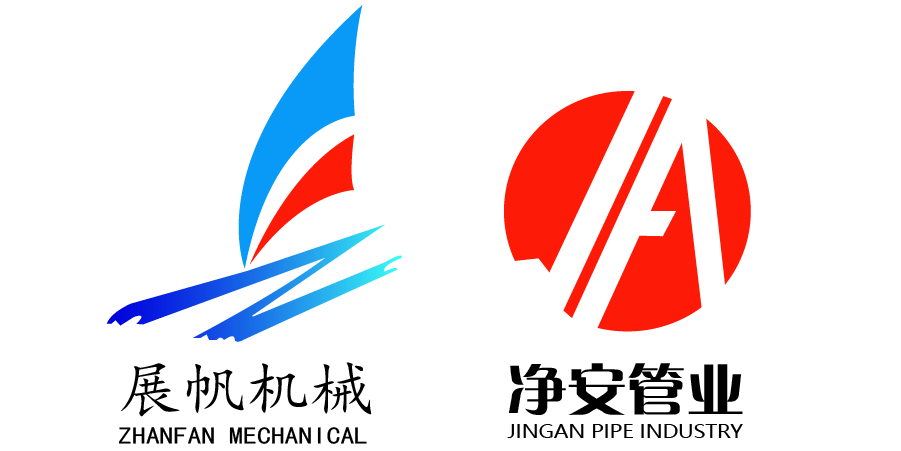When testing new piping systems, the pipes and valves are subjected to preliminary tests: two leak tests, one 150% hydrostatic test and one N2He (nitrogen, helium) leak test. These tests cover not only the flanges connecting the valve and piping, but also the bonnet and valve body interfaces, as well as all plug/spool components in the valve body.
To ensure that the cavity within the parallel gate or ball valve is adequately pressurized during testing, the valve should be in the 50% open position, as shown in Figure 1. So far everything seems to be working fine, but is it really possible to do this for the most commonly used globe and wedge gate valves? If both valves are in the half-open position as shown in Figure 2, the pressure in the cavity will act on the valve shaft packing. Spindle packing is usually graphite material. At 150% of the design pressure, when testing with small molecular gases such as helium, it is usually necessary to tighten the pressure valve cover bolts in order to obtain normal test results.
The problem with this operation, however, is that it can overcompress the packing, resulting in increased stress required to operate the valve. As friction increases, so does the degree of operational wear on the packing.
If the valve position is not at the upper seal seat, there is a tendency to force the valve shaft to tilt when tightening the pressure bonnet. Tilt of the valve shaft may cause it to scratch the valve cover during operation and cause scratch marks.
If mishandling during preliminary testing results in a leak from the shaft packing, it is common practice to further tighten the pressure bonnet. Doing so may result in serious damage to the pressure valve cover and/or gland bolts. Figure 4 is an example of a case where excessive torque is applied to the gland nut/bolt, causing the pressure valve cover to bend and deform. Excessive stress on the pressure bonnet can also cause the bonnet bolts to snap off.
The nut of the pressure valve cover is then loosened to relieve the pressure on the valve shaft packing. A preliminary test in this condition can tell if there is a problem with the stem and/or bonnet seal. If the performance of the upper seal seat is poor, consider replacing the valve. In conclusion, the upper seal seat should be a proven metal-to-metal seal.
After initial testing, it is necessary to apply appropriate compressive stress to the stem packing while ensuring that the packing does not overstress the stem. In this way, excessive wear of the valve stem can be avoided, and the normal service life of the packing can be maintained. There are two points worth noting: First, the compressed graphite packing will not return to the state before compression even if the external pressure is unloaded, so leakage will occur after unloading the compressive stress. Second, when tightening the stem packing, make sure that the valve position is in the position of the upper sealing seat. Otherwise, the compression of the graphite packing may be uneven, causing the valve stem to have a tendency to tilt, which in turn causes the surface of the valve stem to be scratched, and the valve stem packing leaks seriously, and such a valve must be replaced.
Post time: Jan-24-2022


